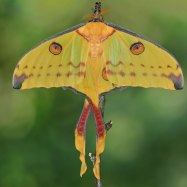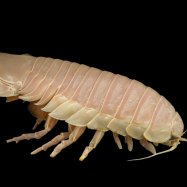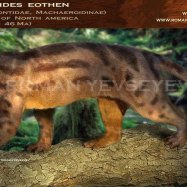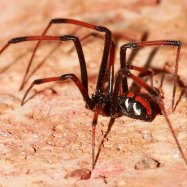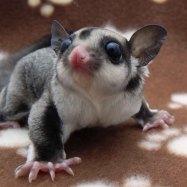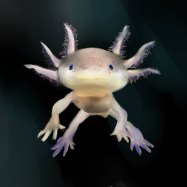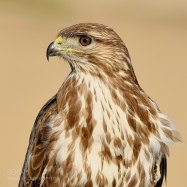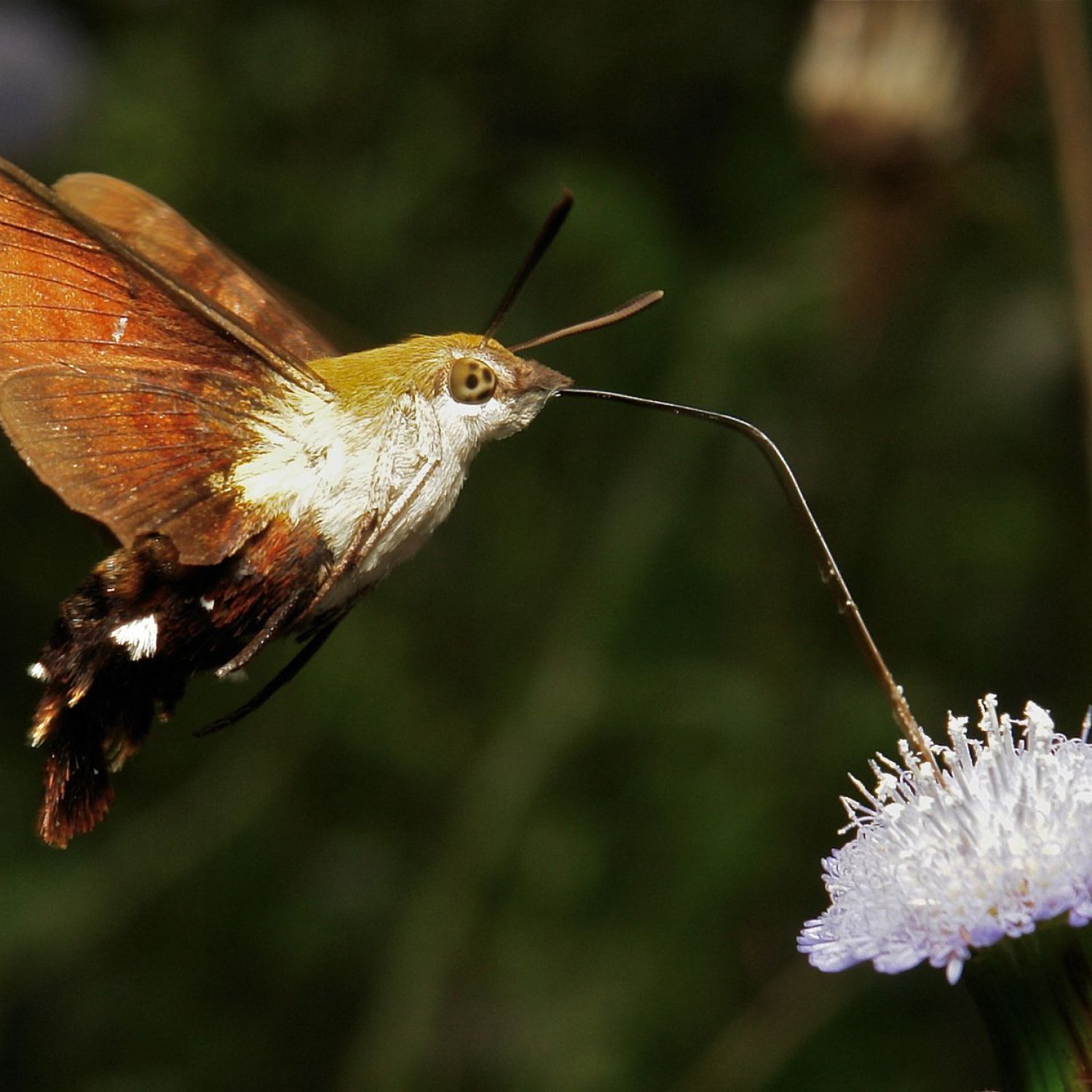
Hummingbird Hawk Moth
1.2-3.6 cm (0.5-1.4 inches)
Did you know that the Hummingbird Hawk Moth is not actually a hummingbird, but a type of moth? These impressive creatures can be found worldwide, with a body length of 1.2-3.6 cm (0.5-1.4 inches). With their small yet robust body, long proboscis, and narrow wings, they are efficient pollinators and can hover in mid-air just like their bird namesake. Keep an eye out for these fascinating insects in your garden! #HummingbirdHawkMoth #FascinatingFacts
Animal Details Summary:
Common Name: Hummingbird Hawk Moth
Kingdom: Animalia
Habitat: Various habitats including gardens, meadows, and woodland edges
The Fascinating Hummingbird Hawk Moth: A Master of Adaptation and Illusion
Have you ever seen a creature that looks like a cross between a bird and a moth? Meet the Hummingbird Hawk Moth, a fascinating and elusive insect that is nothing short of a marvel of nature. Its scientific name is Macroglossum stellatarum, but it is more commonly known as the Hummingbird Hawk Moth due to its resemblance to hummingbirds. This unique creature is a member of the Sphingidae family, also known as sphinx moths or hawk moths, and can be found in various habitats across Europe, North Africa, and Asia.But what makes this animal so special? Let's delve into the world of the Hummingbird Hawk Moth and discover the incredible features that make it a true master of adaptation and illusion Hummingbird Hawk Moth.
A Member of the Animal Kingdom: Kingdom Animalia
First and foremost, the Hummingbird Hawk Moth is a member of the animal kingdom, also known as Kingdom Animalia. This kingdom encompasses all multicellular animals, including insects, mammals, birds, reptiles, and more. This classification is based on several characteristics, such as the presence of cells with a nucleus and the ability to move and respond to external stimuli.An Insect with a Twist: Phylum Arthropoda, Class Insecta
Within the animal kingdom, the Hummingbird Hawk Moth is classified under phylum Arthropoda, which includes animals with segmented bodies and exoskeletons. This phylum is home to a vast number of species, including insects, crustaceans, spiders, and more. The Hummingbird Hawk Moth belongs to the class Insecta, which is further divided into several orders.A Member of the Lepidoptera Order: Lepidoptera
The Hummingbird Hawk Moth is a member of the Lepidoptera order, which includes butterflies and moths. Lepidoptera is the second-largest insect order after Coleoptera (beetles), with over 180,000 species identified to date. Lepidoptera is derived from Greek, meaning "scale-winged," which refers to the powdery scales that cover the wings of these insects Hawaiian Monk Seal.The Family of Sphingidae: Sphingidae
As mentioned earlier, the Hummingbird Hawk Moth belongs to the Sphingidae family, commonly known as sphinx moths or hawk moths. This family includes over 1,400 species, and they are found all over the world, except in the Arctic and Antarctica. The name "hawk moth" is derived from their rapid and powerful flight, reminiscent of hawks.The Hummingbird Hawk Moth's Habitat and Geographic Distribution
The Hummingbird Hawk Moth is a highly adaptable creature that can be found in various habitats, including gardens, meadows, and woodland edges. These moths are also known to thrive in urban areas, making use of artificial lights to navigate and feed at night. They are most commonly spotted in Europe, North Africa, and Asia, but their exact country of origin is unknown.The Feeding Method of the Hummingbird Hawk Moth
One of the most fascinating features of the Hummingbird Hawk Moth is its feeding method. It is a nectar feeder, just like its namesake, hummingbirds. These moths have a long proboscis (a straw-like mouthpart) that they use to suck nectar from flowers. They are highly efficient pollinators, carrying pollen from flower to flower as they feed.The Unique Features of the Hummingbird Hawk Moth
The Hummingbird Hawk Moth has several unique features that make it stand out from other moths and insects. Let's take a closer look at these features and understand how they contribute to the survival and success of these remarkable creatures.The Illusion of a Hummingbird: Body Shape and Coloration
The most remarkable feature of the Hummingbird Hawk Moth is its ability to mimic hummingbirds. This illusion is created through its body shape and coloration. The moth's body is small and robust, like a hummingbird, with a long, thin proboscis. Its wingspan can reach up to 3.6 cm (1.4 inches), just like some small hummingbird species.In terms of coloration, the Hummingbird Hawk Moth is typically olive-brown or gray-brown, with patches of olive or yellow-brown. These colors help them blend in with their surroundings, making them less visible to predators. The patches of color on their wings resemble the patterns found on hummingbird feathers, adding to the illusion.
The Master of Adaptation: Long Proboscis and Narrow Wings
As mentioned earlier, the Hummingbird Hawk Moth has a long proboscis that it uses to feed on nectar from flowers. But that's not all; this long mouthpart also allows them to reach deep into flowers to access nectar, making them more efficient pollinators. They can even unfurl their proboscis while hovering, just like hummingbirds do.Another adaptation that helps the Hummingbird Hawk Moth in its nectar-feeding lifestyle is its narrow wings. These wings allow them to hover in front of flowers while feeding, just like hummingbirds. This hovering ability also enables them to fly backward and sideways, giving them better access to nectar.
A Fast and Agile Flier: Rapid and Powerful Flight
The Hummingbird Hawk Moth is a master of flight. They are incredibly fast and agile, reaching speeds of up to 25 mph (40 km/h). Their powerful flight allows them to maneuver through dense foliage, which is necessary for their survival as they evade predators and find food sources.The Perfect Adaptation for Survival: Olive-Brown Coloration
The olive-brown coloration of the Hummingbird Hawk Moth not only helps them blend in with their surroundings but also serves as a form of camouflage. This color is commonly found in woodlands and meadows, making it easier for these moths to hide from predators while they rest on flowers.In Conclusion
The Hummingbird Hawk Moth is truly an extraordinary creature. Its ability to adapt and mimic other animals is nothing short of incredible. From its elusive nature to its unique coloration and features, this moth continues to fascinate and amaze researchers and nature enthusiasts alike. So the next time you spot a small bird-like creature hovering over a flower, take a closer look, and you might just be lucky enough to witness the elusive Hummingbird Hawk Moth in action.

Hummingbird Hawk Moth
Animal Details Hummingbird Hawk Moth - Scientific Name: Macroglossum stellatarum
- Category: Animals H
- Scientific Name: Macroglossum stellatarum
- Common Name: Hummingbird Hawk Moth
- Kingdom: Animalia
- Phylum: Arthropoda
- Class: Insecta
- Order: Lepidoptera
- Family: Sphingidae
- Habitat: Various habitats including gardens, meadows, and woodland edges
- Feeding Method: Nectar feeder
- Geographical Distribution: Europe, North Africa, and Asia
- Country of Origin: Unknown
- Location: Worldwide
- Animal Coloration: Olive-brown or gray-brown with patches of olive or yellow-brown
- Body Shape: Small, robust body with a long proboscis and narrow wings
- Length: 1.2-3.6 cm (0.5-1.4 inches)
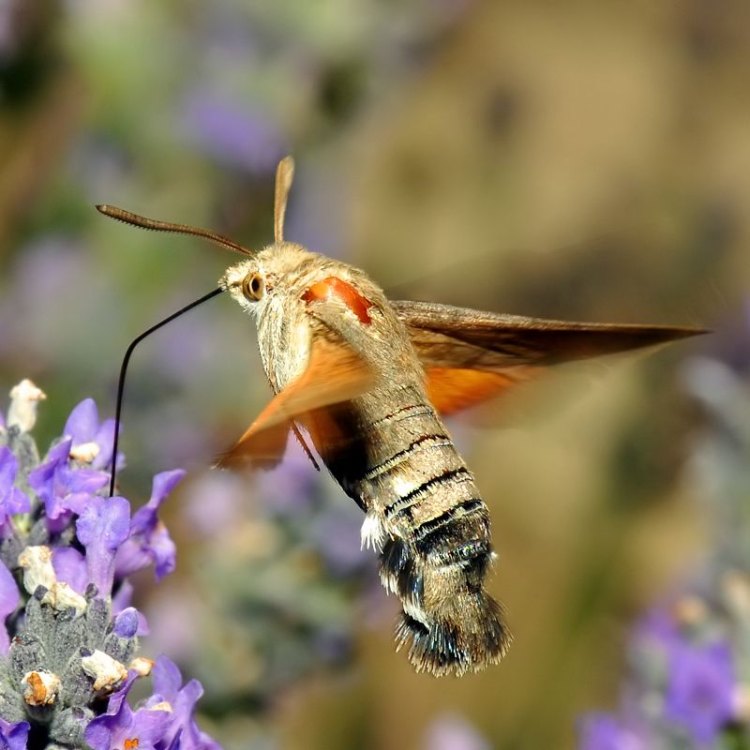
Hummingbird Hawk Moth
- Adult Size: Small
- Average Lifespan: 1-2 months
- Reproduction: Sexual
- Reproductive Behavior: Males defend territories and perform courtship flights
- Sound or Call: Does not produce sound
- Migration Pattern: Some individuals migrate
- Social Groups: Solitary
- Behavior: Very active and agile in flight
- Threats: Habitat loss and degradation, pesticide use, climate change
- Conservation Status: Not assessed
- Impact on Ecosystem: Important pollinators for a variety of flowers
- Human Use: No significant human use
- Distinctive Features: Ability to hover and fly backwards, long proboscis
- Interesting Facts: Resemble hummingbirds in appearance and behavior, have a rapid wing beat
- Predator: Birds, bats, and larger insects
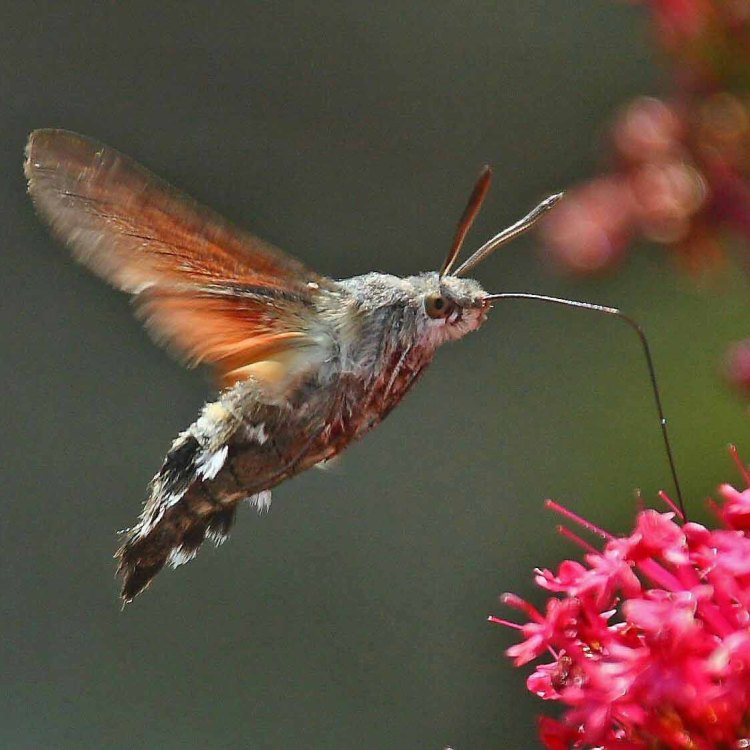
Macroglossum stellatarum
The Enigmatic and Fascinating Hummingbird Hawk Moth
The natural world is full of extraordinary creatures, each with its own unique features and capabilities. One such creature is the hummingbird hawk moth, a small but mighty insect that has captured the curiosity and fascination of many.Also known as the Macroglossum stellatarum, the hummingbird hawk moth is a member of the Sphingidae family, commonly known as the sphinx moths or hawk moths. They are found throughout Europe, Asia, and Africa, and have been recently introduced to North America PeaceOfAnimals.Com. Despite their widespread distribution, these moths are still relatively unknown to many people.
In this article, we will delve into the intriguing world of the hummingbird hawk moth and explore its distinct characteristics, behavior, and impact on the ecosystem.
Adult Size and Average Lifespan
The hummingbird hawk moth is a small insect, with a body length ranging from 2-6 centimeters. They have a wingspan of 4-7 centimeters, making them one of the smaller species in the sphinx moth family.As with most insects, the lifespan of the hummingbird hawk moth is relatively short, with an average lifespan of only 1-2 months. This short lifespan is due to the fact that their main purpose is to reproduce and continue their species.
Reproductive Behavior and Courtship Flights
Like most moths, the hummingbird hawk moth reproduces sexually. During the mating season, males will defend territories and perform courtship flights to attract females. These impressive courtship flights involve intricate aerial displays, where the males fly in a series of loops and figure eights to catch the female's attention Hooded Oriole.Once a female is attracted, the pair will mate, and the female will then lay small, green eggs on the underside of leaves. These eggs will hatch into larvae, also known as caterpillars, which will feed on the leaves of host plants until they pupate and emerge as adult moths.
Sound and Migration Patterns
One distinguishing feature of the hummingbird hawk moth is that it does not produce any sound. Unlike other insects, such as crickets or grasshoppers, these moths do not have the ability to produce sound. Instead, they rely on their quick and agile flight to communicate and attract mates.While most hummingbird hawk moths are considered sedentary, some individuals may migrate to other regions in search of suitable breeding grounds or resources. This pattern of migration is more commonly seen in populations in the mountains, as they move down to lower elevations during harsh weather conditions.
Solitary Social Groups and Behavior
As adults, hummingbird hawk moths are solitary creatures, meaning they do not live in groups or have any social behaviors. They spend most of their time foraging for nectar solo, and only come together during the mating season.Despite their solitary nature, these moths are incredibly active and agile in flight. They have the ability to hover and fly backwards, much like hummingbirds, which is where they get their name from. This unique ability is due to their rapid wingbeats, which can reach up to 85 beats per second!
Threats and Conservation Status
The hummingbird hawk moth, like many other insect species, faces several threats in its natural habitat. Habitat loss and degradation, caused by human activities such as urbanization and agriculture, are significant threats to these moths. Pesticide use also poses a threat, as it can directly impact the moths and their food sources.Additionally, climate change and its effects on the environment, such as temperature changes and extreme weather events, can also have a negative impact on the survival of these moths. However, despite these threats, the conservation status of the hummingbird hawk moth has not been evaluated as it is not considered an endangered species.
Impact on the Ecosystem
While they may seem small and insignificant, hummingbird hawk moths play a crucial role in the ecosystem as pollinators. These moths have long proboscis, which is a tube-like mouthpart used for sucking nectar from flowers. As they move from flower to flower, they inadvertently transfer pollen, aiding in the pollination process and allowing for the reproduction of various plant species.Furthermore, the hummingbird hawk moth is not picky when it comes to choosing which flowers to feed on. This makes them important pollinators for a variety of flowers, including those that are specialized for pollination by larger insects or birds, such as the hawk moth's namesake, the hummingbird.
Human Use and Interesting Facts
Unlike other insects, such as bees and butterflies, the hummingbird hawk moth does not have any significant use or impact on humans. However, they have intrigued and captivated people for centuries. Their unique appearance and behavior, with their fast-paced flight and resemblance to birds, have made them a popular subject for photographers and nature enthusiasts.Here are some interesting facts about the hummingbird hawk moth:
- Although they closely resemble hummingbirds in appearance and behavior, these moths are not related to birds at all. They are, in fact, insects.
- Hummingbird hawk moths are active mainly during dawn and dusk, as these are the best times for them to feed on nectar.
- Some species of hawk moths, including the hummingbird hawk moth, have been observed to fly at altitudes of over 10,000 feet!
- These moths have a rapid wingbeat of around 40-80 beats per second, allowing them to hover and fly backwards with great control and precision.
- The hummingbird hawk moth is not the only insect that mimics hummingbirds. There are several species of moths and butterflies that also possess similar characteristics.
Predators
As with any other creature in nature, the hummingbird hawk moth also has its fair share of predators. Birds, such as woodpeckers and nuthatches, are known to feed on these moths. Bats, owls, and larger insects are also common predators of the hummingbird hawk moth.To protect themselves, these moths have developed several defenses, such as their quick flight and agility. They can also use their long proboscis to inject a defensive fluid towards predators, acting as a form of self-defense.
In Conclusion
The hummingbird hawk moth is an enigmatic and fascinating creature that continues to amaze and intrigue people worldwide. With its distinctive features, such as its ability to hover and fly backwards, and its important role as a pollinator, this small but mighty moth has a significant impact on the ecosystem.However, as with many other species, the hummingbird hawk moth faces various threats to its survival. It is vital for us to understand and appreciate the importance of these creatures and take steps towards their conservation to ensure their continued existence in the wild.
Next time you spot a small, buzzing insect resembling a hummingbird in your garden, take a closer look. It may just be the elusive and remarkable hummingbird hawk moth, a true wonder of the natural world.
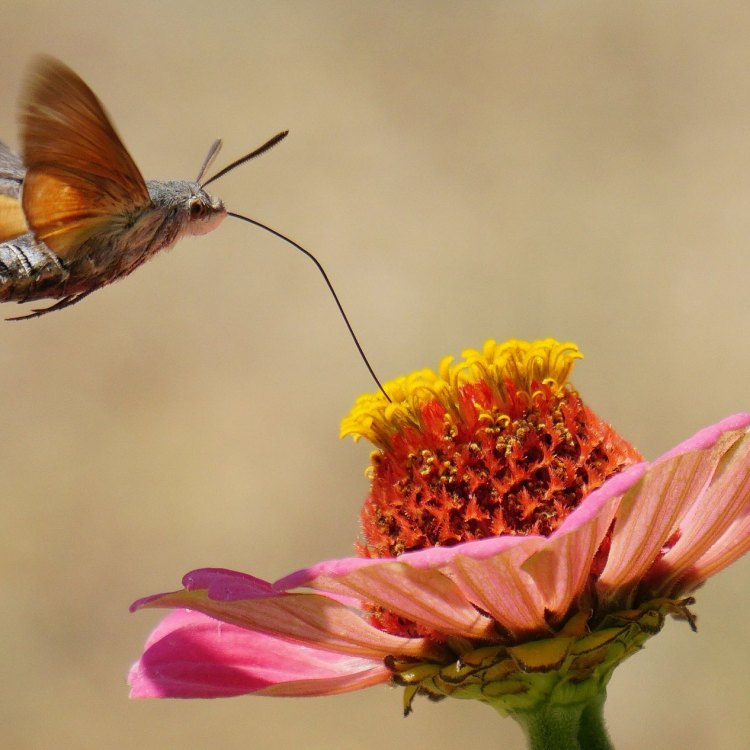
The Fascinating Hummingbird Hawk Moth: A Master of Adaptation and Illusion
Disclaimer: The content provided is for informational purposes only. We cannot guarantee the accuracy of the information on this page 100%. All information provided here may change without prior notice.

